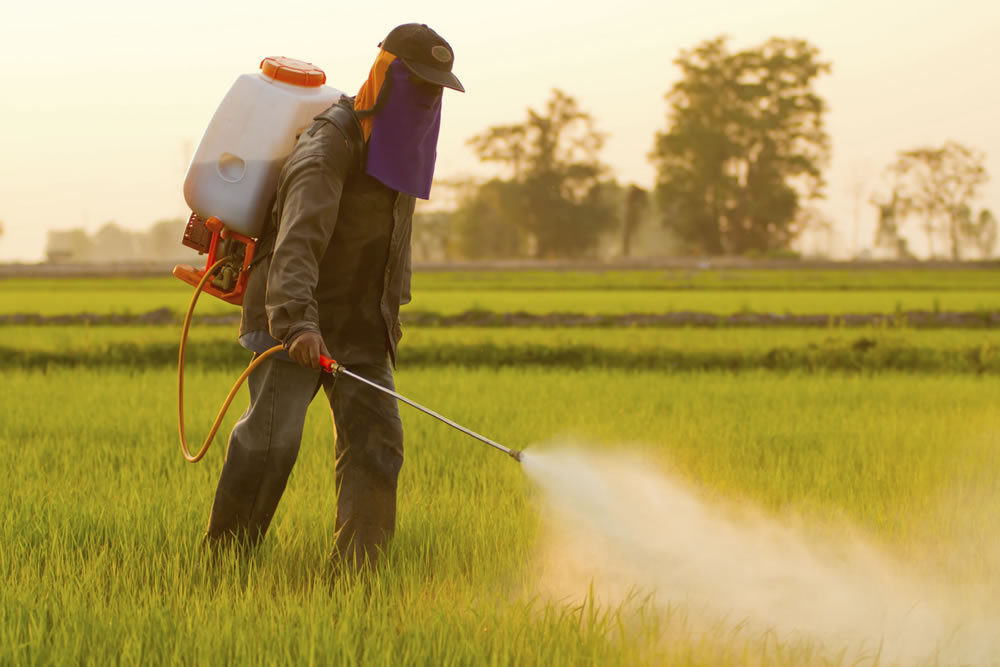Glyphosate, a controversial herbicide linked to cancer in some lab studies, is prevalent in the food supply. A research team from the Heinrich Böll Foundation recently found alarming amounts of this chemical in the urine samples of most Germans, with the highest levels in children, teens and meat eaters.
According to The Ecologist, an whopping 99.6% of the 2,009 people monitored in a study had glyphosate residue in their urine, meaning only 0.4% of the population showed no signs of residue. Moreover, 75% of those studied had urinary glyphosate levels that were five times higher than the chemical's legal limit in drinking water; one-third of the study group had even higher levels at 10–42 times more than that permitted in drinking water.
The most significant amounts of glyphosphate residue were found in children ages zero to nine and adolescents aged 10–19. Those who live on farms are exposed to much higher levels than those who do not. Those with minimal glyphosate levels in their urine could possibly be vegans or vegetarians, due to the fact that meat eaters displayed higher levels of contamination. This is likely due to the high levels of glyphosate found in genetically modified soy and corn, which is commonly used in animal feed.
The authors estimate this chemical has contaminated three-quarters of the German population and limited studies are available to show whether this chemical is harmful to those who have been contaminated.
The Federal Institute of Risk Assessment claims to have seen no harm to human health in its research findings, however the Federal Environment Agency suggests that further research should be done to uncover whether it is carcinogenic. Because nearly every person in Germany has been contaminated by glyphosate, the decision has been made to postpone the renewal license of glyphosate use until further research has been done.
Glyphosate is sold under several tradenames including Roundup, Rodeo and Pondmaster, making some analysts believe that these study findings are a warning for U.S. consumers as well.
Published in WholeFoods Magazine Online, 3/25/16










